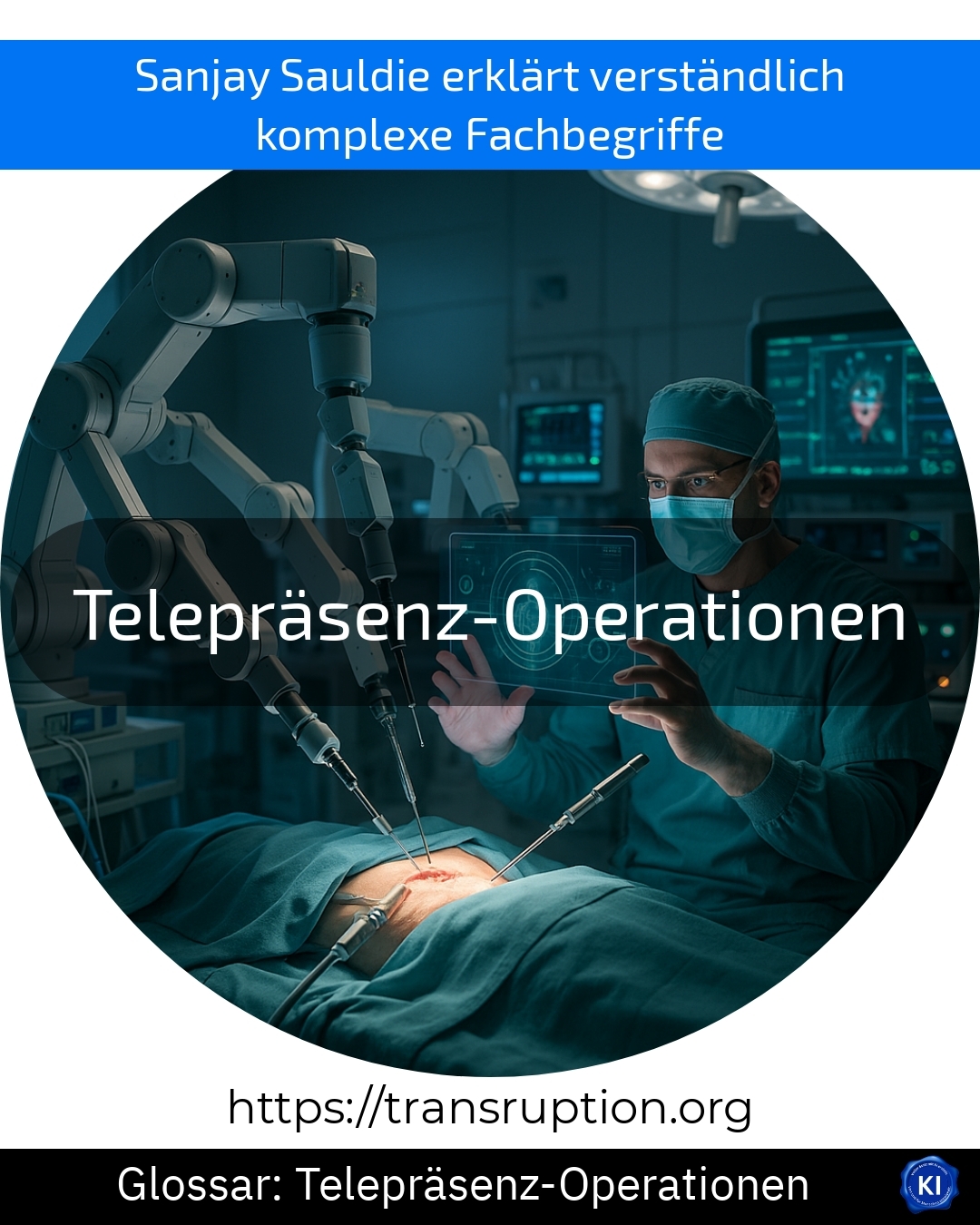The term telepresence surgery is particularly at home in the fields of robotics, artificial intelligence and virtual and augmented reality. This refers to medical procedures in which a surgeon does not stand directly next to the patient, but operates remotely using state-of-the-art technology. Robots are used for this purpose, which are controlled by the specialist via the internet or special control devices. Modern cameras, sensors and fast data transmission enable the surgeon to monitor the situation in real time and perform precise interventions.
An illustrative example: a specialist in Berlin can operate on a patient in Munich without having to be there himself. The doctor controls a robotic arm that removes a tumour, for example. Telepresence operations make it possible to overcome geographical barriers and provide patients with the expertise of top doctors wherever they are.
Telepresence operations offer many advantages, such as faster access to experts and fewer long journeys for patients. At the same time, safety plays a crucial role: successful remote surgery is only possible with secure networks and reliable technology.















